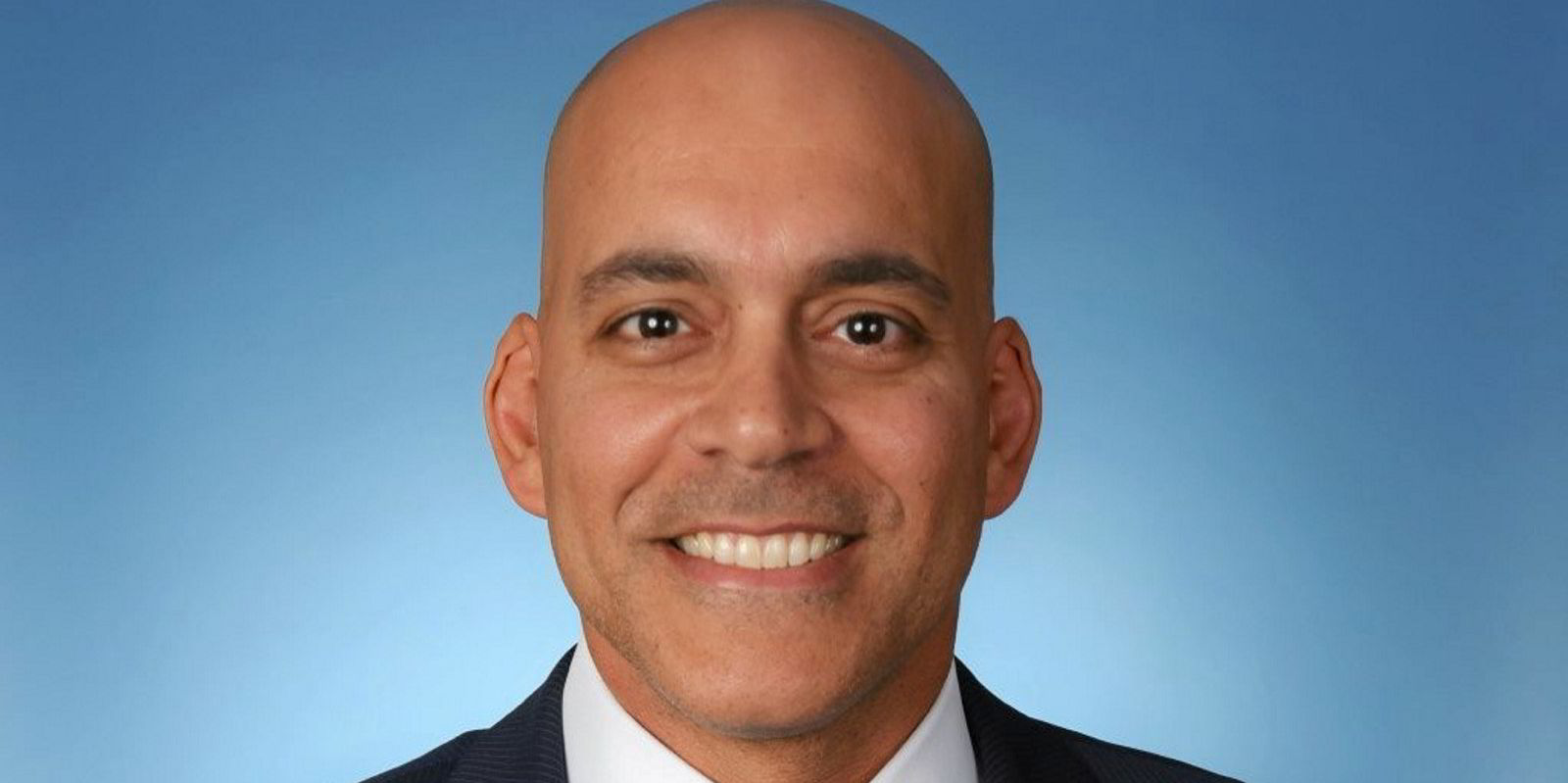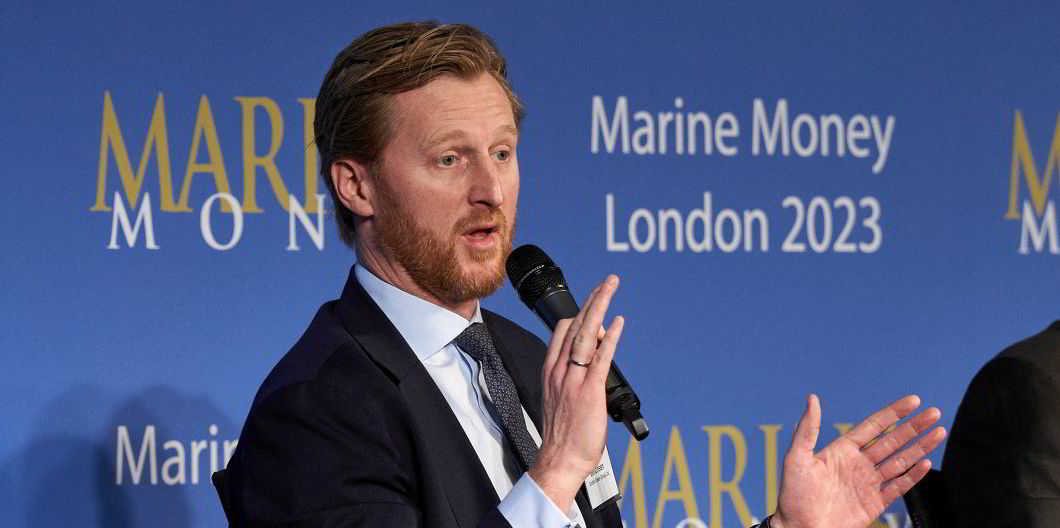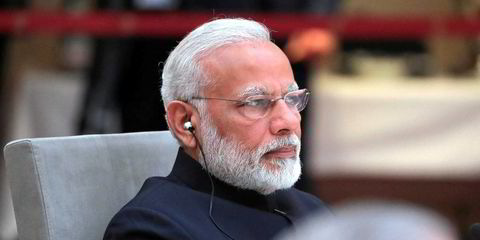Jefferies has raised its outlook on shares of bulker owner Golden Ocean Group as it believes the capesize bulker market will not repeat the historical lows of the first quarter.
The investment bank has upgraded the New York-listed stock to “buy” from “hold” and raised the price target on the shares to $11 from $8.
It also lifted its fourth-quarter earnings per share estimate to $0.27 from $0.23, based on an expected average spot rate of $20,000 per day and its fourth-quarter Ebitda forecast to $115m from $106m.
Average spot rates for capesizes in the first quarter should fall from recent highs above $30,000 per day, but they should still remain above last year’s first-quarter average of $9,000 per day, analyst Omar Nokta said on Tuesday.
“Can capes establish higher lows? We expect they will,” he wrote in a note.
“[Golden Ocean] has the highest cape-weighted exposure in our coverage universe, with the majority of its fleet operating directly on the spot market.”
Nokta pointed out that Golden Ocean owns 59 capesizes, including 19 newcastlemaxes, while the rest of the fleet consists of 32 panamaxes and kamsarmaxes.
“Capesize rates have risen in recent weeks and, while seasonality is a major factor, they have broken out to 15-month highs,” he said.
“This strength points to healthy iron ore demand and a tighter fleet supply/demand balance. A true test of the market comes in 1Q, which is the seasonal low.”
The Baltic Exchange’s Capesize 5TC basket of spot-rate averages across five key routes rose 276% from a low of $8,266 per day on 4 September to a high of nearly $31,100 per day on 18 October, before declining steadily to just over $27,100 per day on Tuesday.
Nokta also noted that Golden Ocean’s fleet age averages seven years, lower than the average age of 10 years for peer group-owned ships and the global fleet, and that most of the fleet is eco-design and has scrubbers.
“While a seasonal upturn has been expected, the surge is beyond expectations and highlights, in our view, a tighter market,” Nokta said.
“Iron ore trade has been more robust of late, leading to elevated congestion in Brazil.”
He also noted that the capesize newbuilding orderbook stands at 5% of the global fleet, and that percentage is expected to fall to below 2% in 2024 and 2025 to fall below 3% forecasted for this year.
Nokta also considered Golden Ocean’s share price, which has risen 6.4% on Tuesday to reach $8.11 by midday, as “an attractive entry point” as the stock, which is listed on the New York Stock Exchange under the ticker symbol GOGL, trades at just 80% of Jefferies’ net asset value (NAV) of $10 per share.
“GOGL has historically traded at roughly 1.0 times due to its higher-end fleet, long-term record of returning capital and as the cornerstone of shipowner John Fredriksen’s dry bulk exposure,” he said.
Fredriksen, a Norwegian shipping magnate and billionaire, owns 39% of Golden Ocean.

Lastly, Nokta said Jefferies would raise its NAV on Golden Ocean to $14 per share if secondhand ship prices were in line with its estimates on secondhand prices.
“Secondhand ship prices are deeply understated in our view with five-year-old capes valued at close to $50m and 10-year old capes at $30m,” he wrote.
“These are too discounted relative to newbuilding prices of $65m.”
In a balanced market, he said five-year-old capesizes would reprice to $55m and 10-year-old capesizes would be estimated at $42m.






